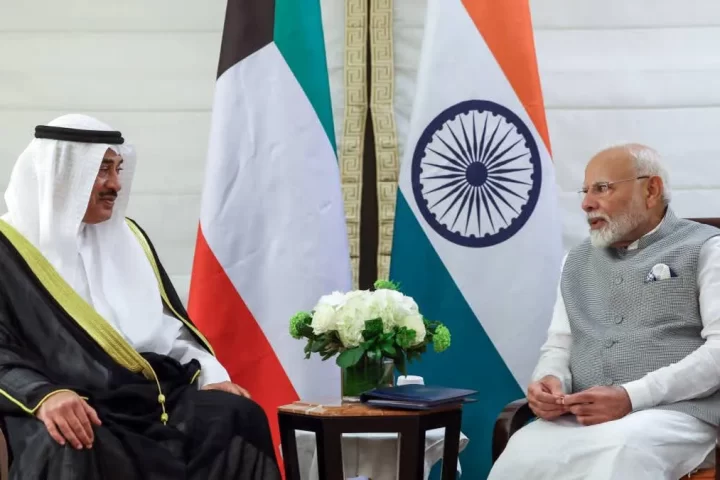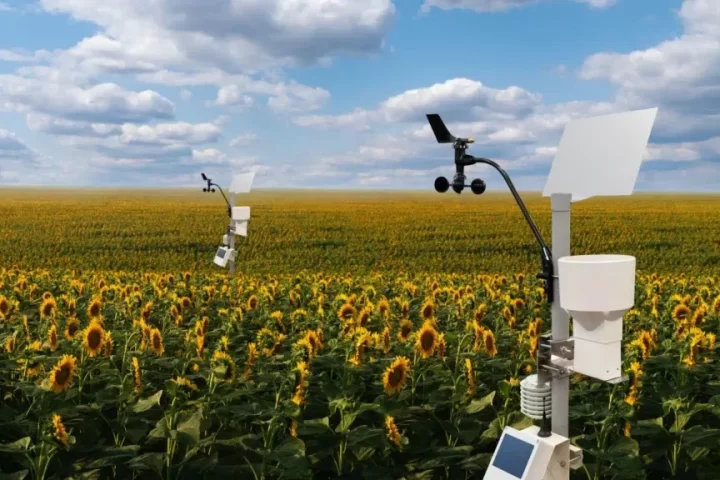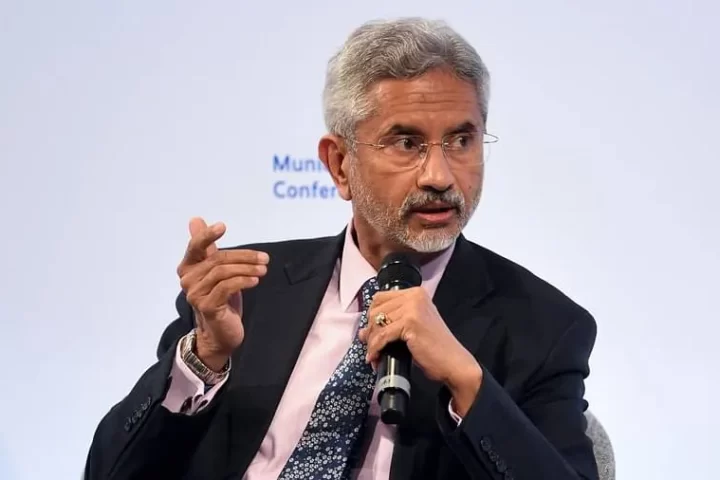NEW DELHI — As the global telecommunications landscape rapidly evolves, India is positioning itself at the forefront of the next technological revolution: 6G wireless networks, a breakthrough technology promising to redefine connectivity and transform industries far beyond current mobile communication capabilities.
In an exclusive interview with ETV Bharat, Raymond P. Dolan, a veteran telecommunications pioneer with nearly four decades of experience, outlined the transformative potential of 6G and India’s critical role in its development. Dolan, who previously founded Flarion Technologies and played a pivotal role in 4G’s global adoption, sees India as a strategic partner in this technological leap forward.
“Indian networks are handling massive data volumes—almost a billion broadband subscribers consuming 50 percent more data per person than most parts of the world,” Dolan said. This unprecedented digital ecosystem positions India not just as a consumer but as a potential innovator in the 6G ecosystem.
The anticipated technology promises unprecedented technological capabilities. With projected speeds reaching up to one terabit per second, 6G will enable downloading entire 4K movies in less than a second. More critically, it will support ultra-low latency communications, potentially revolutionizing fields like remote surgery, autonomous transportation, and immersive virtual reality.
The Indian government has already taken significant steps to prepare for this technological frontier. The Department of Telecommunications has formed a dedicated 6G innovation group, and institutions like IIT Madras have established specialized research facilities. The country aims to deploy 6G networks by 2035, signaling a strategic commitment to technological leadership.
Dolan emphasized the importance of collaborative, open network development. “An open network concept, starting from foundational standards, is crucial,” he explained. “It will enable innovation at every layer, allowing both large and small companies to thrive.”
Challenges remain substantial. Infrastructure development, spectrum allocation, regulatory frameworks, and ensuring consumer affordability will test India’s technological and policy capabilities. However, the potential rewards are immense: smart cities, autonomous vehicle networks, holographic communications, and advanced industrial automation.
The United States recognizes India’s potential in this domain. “The US values the Indian technology and academic community as essential partners,” Dolan noted, highlighting the geopolitical significance of telecommunications innovation.
For India, 6G represents more than technological advancement—it’s an opportunity to leapfrog existing infrastructure limitations and establish itself as a global technology leader. As Dolan articulated, “Wireless technology is an enabler. It doesn’t replace industries; it collaborates with them.”
While commercial deployment is expected around 2030, the groundwork is being laid now. India’s massive, data-hungry population and growing technological ecosystem make it a critical player in this unfolding narrative of global telecommunications innovation.
The wireless future is not just about faster networks, Dolan reflected. “With 6G, we’re not just building networks—we’re building the future.”












